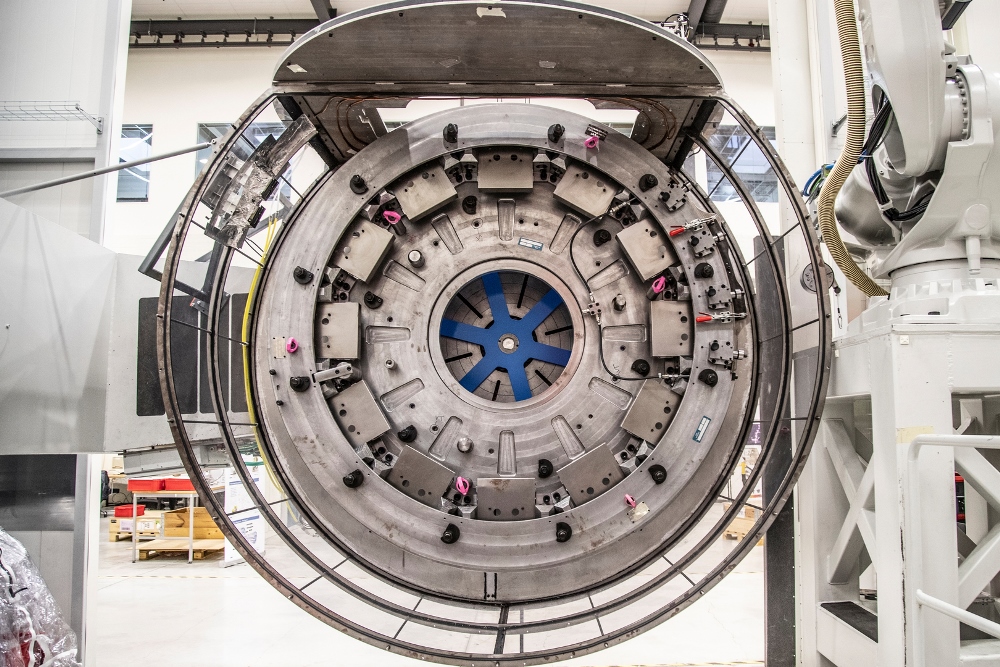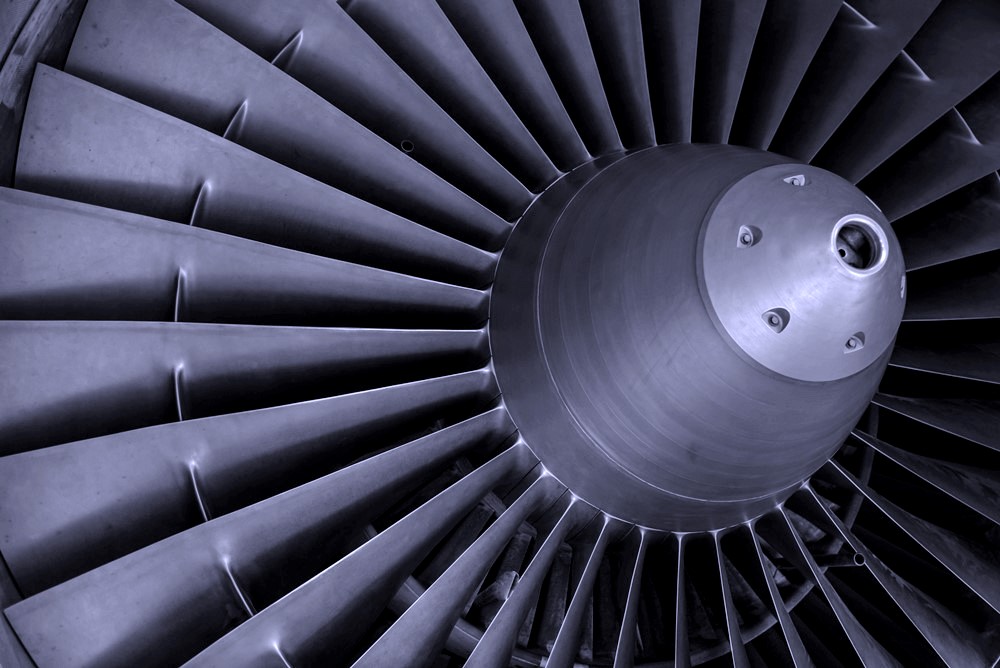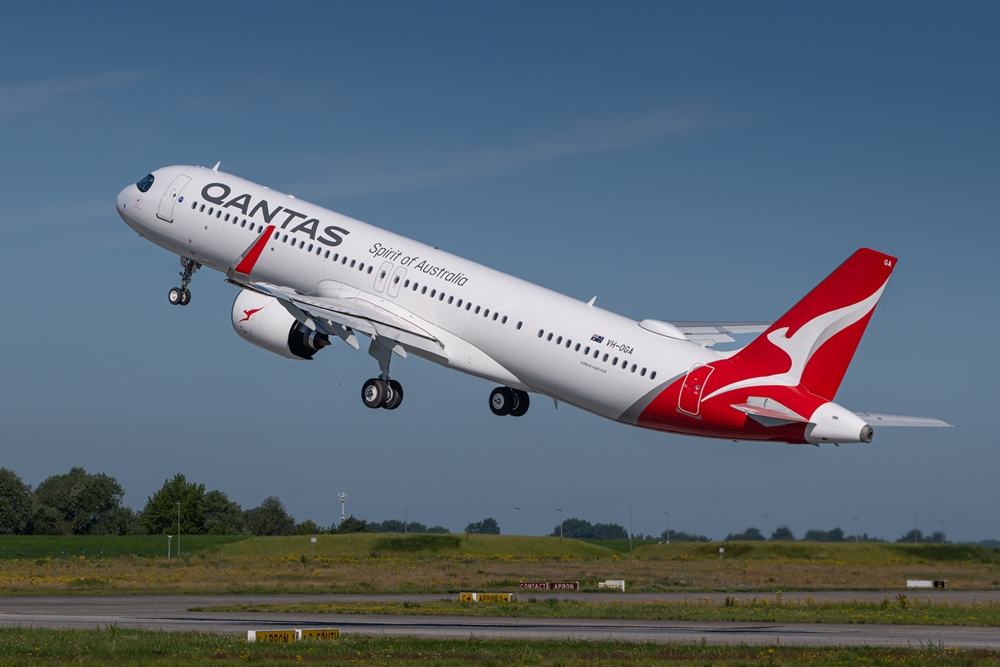IATA sees passenger demand recovery continue and cargo demand rise

Image courtesy IATA
Total traffic in August 2023 (measured in revenue passenger kilometres or RPKs) rose 28.4% compared to August 2022. Globally, traffic is now at 95.7% of pre-COVID levels.
Domestic traffic for August rose 25.4% versus August 2022 and was 9.2% above the August 2019 results. This is largely driven by Chinese domestic demand.
International traffic climbed 30.4% compared to the same month a year ago. All markets saw double-digit percentage gains year on year. International RPKs reached 88.5% of August 2019 levels.
Willie Walsh (above), IATA’s Director General said: “Demand for air travel performed well in August. For the year to date, international traffic has increased by 50% versus last year and ticket sales data show international bookings strengthening for travel in the last part of the year.”
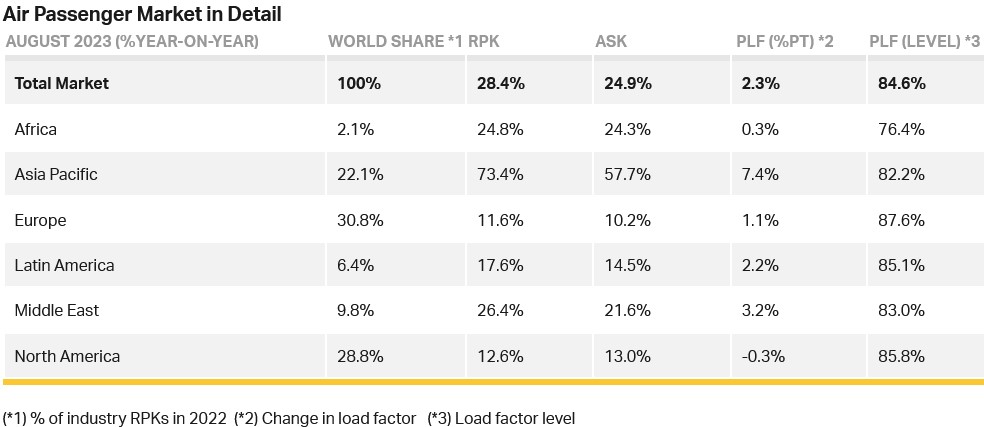
International Passenger Markets
Asia-Pacific airlines saw a 98.5% increase in August 2023 traffic compared to August 2022, continuing to lead the regions. Capacity climbed 85.5% and the load factor increased by 5.5 percentage points to 84.2%.
European carriers’ August traffic rose 13.6% versus August 2022. Capacity increased 12.3%, and load factor edged up 1.1 percentage points to 86.8%.
Middle Eastern airlines posted a 27.3% increase in August traffic compared to a year ago. Capacity rose 22.7% and load factor climbed 3.0 percentage points to 83.1%.
North American carriers had an 18.6% traffic rise in August 2023 versus the 2022 period. Capacity increased 17.5%, and load factor improved 0.8 percentage points to 87.7%, which was the highest among the regions for a third consecutive month.
Latin American airlines’ traffic rose 26.4% compared to the same month in 2022. August capacity climbed 23.8% and load factor rose 1.7 percentage points to 86.1%.
African airlines saw a 26.1% traffic increase in August 2023 versus a year ago. August capacity was up 25.5% and load factor rose 0.4 percentage points to 76.2%.
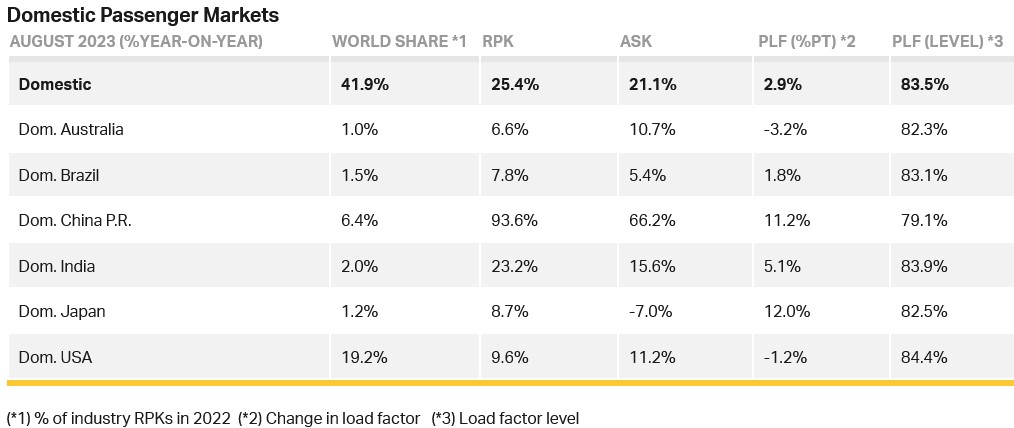
Indian domestic RPKs rose 23.2% compared to a year ago and have now exceeded pre-pandemic levels for seven consecutive months.
Japan’s domestic market was impacted by Typhoon Khanun which caused major air traffic disruptions in southern Japan. Domestic RPKs grew 8.7% year over year, down on the 13.4% growth recorded in the previous month.

“Heading into the last quarter of the year, the airline industry is nearly fully recovered to 2019 levels of demand. The focus, however, has not been on getting back to a specific number of passengers or flights, but rather on meeting the demand by businesses and individuals for connectivity that was artificially suppressed for more than two years. Having seen the economic, social, and personal losses when airlines could not fly during the COVID-19 crisis, this industry is determined to secure a sustainable long-term future by achieving net zero carbon emissions by 2050. That was clearly evident at the first IATA World Sustainability Symposium where discussions focused on how to decarbonise. We know that our customers want a world in which they can enjoy the freedom to travel sustainably. This inaugural World Sustainability Symposium was a critical step in aligning policy makers, the aviation value chain and airlines with the concrete steps needed to deliver. And we will measure progress when we meet again in a year’s time,” said Walsh.
Cargo
The International Air Transport Association (IATA) data for August 2023 global air cargo markets, shows that year-on-year air cargo demand grew for the first time in 19 months.
Global demand, measured in cargo tonne-kilometres (CTKs*), increased by 1.5% compared to August 2022 levels (2% for international operations).
Capacity, measured in available cargo tonne-kilometres (ACTKs), was up 12.2% compared to August 2022 (11.8% for international operations). This was largely related to belly capacity which rose 30% year-on-year as airlines ramped-up operations to meet peak-northern summer travel season demand.
Several factors in the operating environment should be noted:
- In August, both the manufacturing output Purchasing Managers Index or PMI (49.4) and new export orders PMI (47.0) saw a slight improvement to the previous month. They remained, however, below the critical threshold represented by the 50 mark, indicating a continuing, if slower, annual decline in global manufacturing production and exports.
- Global cross-border trade contracted for the fourth month in a row in July, decreasing 3.2% year-over-year. This reflects the cooling demand environment and general macroeconomic conditions.
- Inflation saw a mixed picture in August, with an increase in US consumer prices for the second month in a row. Meanwhile in Europe and Japan, consumer and producer prices fell. In China, which is fighting deflationary pressures, consumer prices rose.
“Air cargo demand grew by 1.5% over the previous August. This is the first year-on-year growth in 19 months, so it is certainly welcome news. Yet it is off a low 2022 base and market signals are mixed. Looking ahead, while many uncertainties remain, we can take some optimism from PMI data moving towards positive territory. This is particularly significant as we head into air cargo’s traditional peak year-end season,” said Walsh.
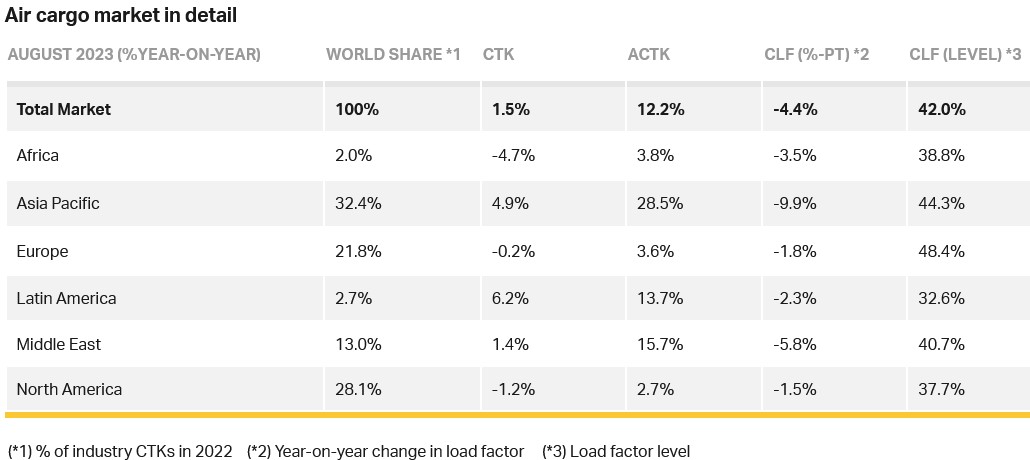
August Regional Performance
Asia-Pacific airlines saw their air cargo volumes increase by 4.9% in August 2023 compared to the same month in 2022. This was a significant improvement in performance compared to July (+2.3%). Carriers in the region benefited from growth on two major trade lanes: Europe-Asia (up from 3.1% in July to 8.8% in August) and Middle East-Asia (up from 2.7% in July to 3.5% in August). Additionally, the within-Asia trade lane also performed better in August, with international CTKs contracting by 4.7% compared to the 9.7% annual decline in July. Available capacity for the region’s airlines increased by 28.5% compared to August 2022 as more belly capacity came online from the passenger side of the business.
North American carriers saw their air cargo volumes decrease by 1.2%. This was an improvement in performance compared to July (-5.4%). Carriers in the region benefitted from a slight improvement in growth on two major trade lanes: North America – Europe (2.9% annual contraction in August,1.2 percentage points better than in July) and Asia - North America (declined 4.2% in August compared to 4.4% decrease in July). Capacity increased 2.7% compared to August 2022.
European carriers saw their air cargo volumes decline by 0.2% in August compared to the same month in 2022. This was, however, an improvement in performance versus July (-1.0%). Volumes saw an increase due to the forementioned Europe–Asia performance and a small increase in the Middle East - Europe markets by 0.4%. Capacity increased 3.6% in August 2023 compared to 2022.
Middle Eastern carriers experienced a 1.4% year-on-year increase in cargo volumes in August 2023. This was an improvement from the previous month’s performance (-0.1%). The demand on the Middle East–Asia market has been trending upward in the past three months, expanding its year-on-year growth from 1.8% in June to 3.5% in August. Capacity increased 15.7% compared to August 2022.
Latin American carriers had the strongest performance in August 2023, with a 6.2% increase in cargo volumes compared to August 2022. This was a significant increase in performance compared to the previous month (+0.5%). Capacity in August was up 13.7% compared to the same month in 2022.
African airlines had the weakest performance in August 2023, with a 4.7% decline in cargo volumes compared to August 2022. This was a significant decrease in performance compared to July (+2.3%). Notably, Africa–Asia routes declined by 1.1% in August following an 11.2% growth in July. Capacity was 3.8% above August 2022 levels.




